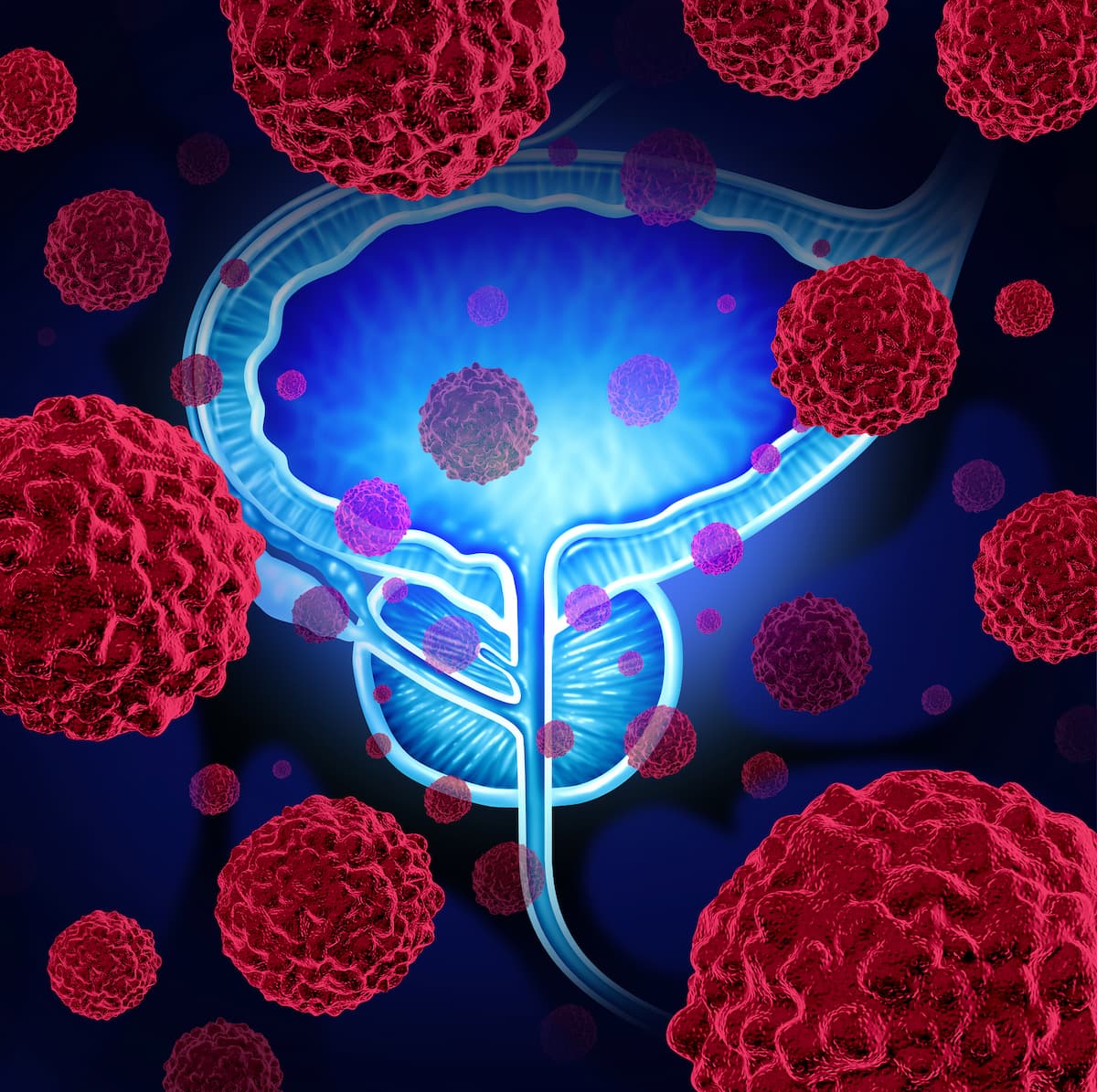HIFU Yields Noninferior Outcomes Vs Prostatectomy in Local Prostate Cancer
Functional consequences appeared to be lower with HIFU compared with radical prostatectomy in a prospective trial.
“[STFS] was not inferior after HIFU was not inferior compared with radical prostatectomy, and functional consequences were significantly lower after HIFU,” according to Professor Pascal Rischmann.

Administering high-intensity focused ultrasound (HIFU) produced noninferior salvage treatment-free survival (STFS) outcomes compared with radical prostatectomy in patients with localized prostate cancer, according to findings from a prospective trial (NCT04307056) presented at the American Urological Association (AUA) 2024 Annual Meeting.1
According to findings from an age-adjusted analysis, the 30-month STFS rate was 90.1% (95% CI, 88.2%-92.0%) with HIFU vs 87.6% (95% CI, 83.9%-91.4%) with radical prostatectomy (HR, 0.71; 95% CI, 0.52-0.97; P = .0340). Investigators reported that HIFU demonstrated noninferiority for STFS compared with radical prostatectomy at 30 months.
STFS outcomes generally appeared to be comparable between the HIFU and radical prostatectomy arms across various patient subgroups. Of note, the 30-month STFS rate was 89.3% (95% CI, 86.8%-91.9%) with HIFU compared with 82.7% (95% CI, 79.1%-86.5%) in the radical prostatectomy arm among patients with grade group 2 disease (HR, 0.58; 95% CI, 0.42-0.81; P = .0001).
The median prostate-specific antigen (PSA) nadir was 0.25 ng/ml following HIFU and 0.01 ng/ml following radical prostatectomy. Positive surgical margins were reported in 26% of patients who received treatment with radical prostatectomy. Additionally, 12.5% of patients in the HIFU arm were positive for cause biopsy after treatment; 89 patients in this arm proceeded to undergo salvage treatment without any new biopsy.
“[STFS] was not inferior after HIFU was not inferior compared with radical prostatectomy, and functional consequences were significantly lower after HIFU,” Professor Pascal Rischmann, a urologist and president of l'Académie Nationale de Chirurgie, said in the presentation.
Developers designed HIFU as a minimally invasive procedure in which high-intensity ultrasound waves are used to target tissues in the body to modify or destroy them.2 The ultrasound beams are believed to pass through untargeted tissue without harming them until the targeted area is reached.
Investigators of this prospective, comparative, noninferiority trial assessed 3328 patients who were treated across 46 centers. Patients were assigned to receive HIFU (n = 1967) or radical prostatectomy (n = 1361).
The trial’s primary end point was STFS at 30 months. Other outcomes included cancer-specific survival (CSS), overall survival (OS), safety, and function results.
Patients with T1-2 NxM0 disease and a grade group disease of less than 3 were eligible for enrollment on the trial. Other eligibility criteria included having a Gleason score of no higher than 7 and a PSA of less than 15 ng/mL. For patients to be eligible to undergo treatment with HIFU, they needed to be older than 69 years.
The median age was 74.7 years (IQR, 72.4-77.6) in the HIFU arm and 65.1 years (IQR, 60.9-68.6) in the radical prostatectomy arm. In each respective arm, the median PSA was 7.1 ng/ml (IQR, 5.21-9.15) and 6.93 ng/ml (IQR, 5.41-9.1; P =.54), and most patients had intermediate disease according to d’Amico criteria (60% vs 63%; P = .1).
Subsequent courses of therapy in the HIFU and radical prostatectomy arms, respectively, included monitoring (82% vs 84%), salvage treatment (10% vs 13%), and active surveillance (2% vs 2%). Among those in the HIFU arm, 5% underwent further treatment with HIFU.
At 30 months, the CSS rate was 100% in both arms. Additionally, the 30-month OS rates were 97.1% (95% CI, 96.3%-97.8%) with HIFU vs 99.4% (95% CI, 99.0%-99.8%) with radical prostatectomy (HR, 5.26; 95% CI, 2.40-11.57; P <.0001). In an age-adjusted analysis, the OS rates were 95.8% (95% CI, 94.6%-97.0%) vs 99.7% (95% CI, 96.4%-100.0%) in each respective arm (HR, 2.52; 95% CI, 0.95-6.73; P = .064).
Following treatment, the International Prostate Symptom Score was 4 (IQR, 2-9) in the HIFU arm vs 3 (IQR, 1-5) in the radical prostatectomy arm. Regarding Urinary Symptom Profile scores, 64% and 48% from each respective arm had a stress incontinence score of 0 to 1, thereby highlighting significantly less degradation with HIFU (relative risk, 0.76; 95% CI, 0.70-0.83; P <.001). According to Rischmann, HIFU also yielded significantly less degradation with respect to 5-question International Index of Erectile Function scores.
The median European Organization for Research and Treatment of Cancer Quality of Life Questionnaire score at 12 months was 93.6 in the HIFU arm compared with 96.2 in the radical prostatectomy arm (P = .3). Data highlighted no change from baseline between both arms.
Urinary fistula affected 0.4% of those in the radical prostatectomy, and uro-digestive fistula occurred in 0.1% of those who received HIFU. Overall, Clavien-Dindo grades IIIb and IV serious adverse effects affected 2.74% of patients in the HIFU arm compared with 2.13% of those who underwent radical prostatectomy.
References
- Rischmann P, Coloby P, Chevallier T, et al. HIFU vs radical prostatectomy in the curative treatment of localized prostate cancer GG 1 & 2. Presented at the American Urological Association (AUA) 2024 Annual Meeting; May 3-6, 2024; San Antonio, TX.
- High-intensity focused ultrasound (HIFU). Cleveland Clinic. Accessed May 3, 2024. https://tinyurl.com/2p9p4jar
Newsletter
Stay up to date on recent advances in the multidisciplinary approach to cancer.
Navigating Treatment Intensification in Metastatic Hormone-Sensitive Prostate Cancer
A patient case of a 50-year-old man with hormone-sensitive prostate cancer sparked a debate among oncologists regarding the best course of action.